Hatch peppers range from 500-8,000 SHU with complex smoky flavor while Anaheim peppers consistently measure 500-2,500 SHU with mild grassy sweetness. This comprehensive comparison reveals exactly when to use each pepper for authentic results - whether you're making New Mexican green chile stew or California-style stuffed peppers. We've tested both varieties extensively to provide precise culinary guidance you won't find elsewhere.
Table of Contents
- Key Differences Summary
- Hatch Pepper Characteristics
- Anaheim Pepper Profile
- Direct Comparison: Flavor, Heat & Culinary Uses
- Scoville Scale Analysis: Which Is Hotter?
- Professional Cooking Techniques
- Optimal Storage Methods
- Regional Significance & Authenticity
- Critical Substitution Questions Answered
Direct Comparison: Hatch vs Anaheim Peppers
| Characteristic | Hatch Pepper | Anaheim Pepper |
|---|---|---|
| Heat Level (SHU) | 500-8,000 (highly variable) | 500-2,500 (consistent mildness) |
| Flavor Profile | Earthy, smoky, complex terroir-driven notes | Clean grassiness with subtle sweetness |
| Origin & Authenticity | Hatch Valley, NM (PGI-protected, Aug-Sept harvest) | Anaheim, CA (cultivar developed 1907) |
| Best Culinary Uses | New Mexican stews, roasted applications, chile rellenos | California-style stuffed peppers, mild sauces, casseroles |
| Wall Thickness | Thicker (better for roasting) | Thinner (better for stuffing) |
🌶️ Hatch Pepper: The Authentic New Mexican Experience
Hatch peppers originate exclusively from the Hatch Valley in New Mexico, benefiting from Protected Geographical Indication status that guarantees regional authenticity. True Hatch chiles develop unique flavor compounds due to the valley's volcanic soil and 4,300-foot elevation. While marketed as a single variety, Hatch actually encompasses multiple cultivars (like Big Jim or Sandia) harvested only during August-September.
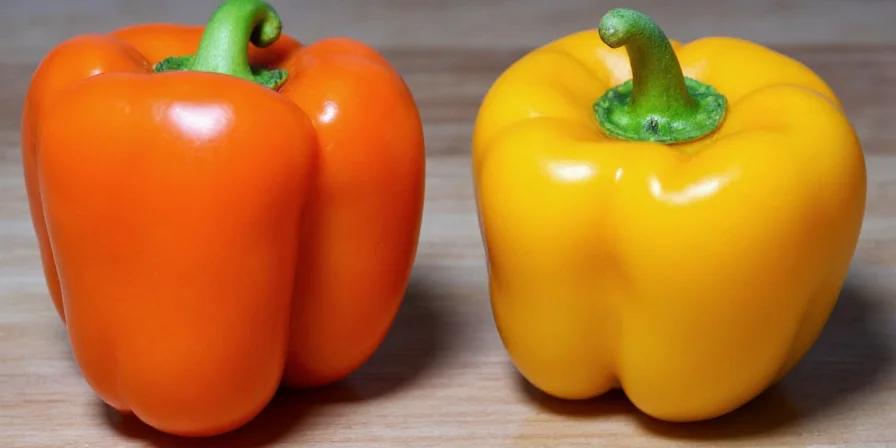
Their heat level varies dramatically from mild (500 SHU) to jalapeño-level (8,000 SHU) depending on sun exposure and soil conditions. This variability makes them challenging but rewarding for authentic New Mexican cuisine. Traditional open-flame roasting intensifies their signature earthy, smoky depth that cannot be replicated outside the valley.
🌶️ Anaheim Pepper: California's Consistent Culinary Workhorse
Developed by Emilio Ortega in Anaheim, California using preserved seeds from Pueblo, Mexico, Anaheim peppers revolutionized West Coast cuisine with their reliable mildness. These peppers consistently deliver 500-2,500 SHU with grassy sweetness, making them ideal for dishes where chili flavor should complement rather than dominate.

Their thin walls and elongated shape (6-10 inches) allow seamless integration into casseroles and stuffed dishes. Unlike Hatch, Anaheim peppers maintain consistent characteristics across growing regions due to standardized cultivation practices, making them the go-to choice when predictable mild heat is essential.
🔥 Scoville Scale Analysis: Hatch vs Anaheim Heat Comparison
Understanding the heat difference between these peppers is critical for recipe success:
- Hatch peppers exhibit significant heat variability - even pods from the same plant can range from bell pepper mildness to jalapeño intensity. This makes them challenging for precise heat control but perfect for authentic New Mexican dishes where complexity is valued.
- Anaheim peppers provide reliable mildness (500-2,500 SHU), with red-ripe versions only reaching up to 2,500 SHU. This consistency makes them ideal for family-friendly dishes and recipes requiring predictable heat levels.
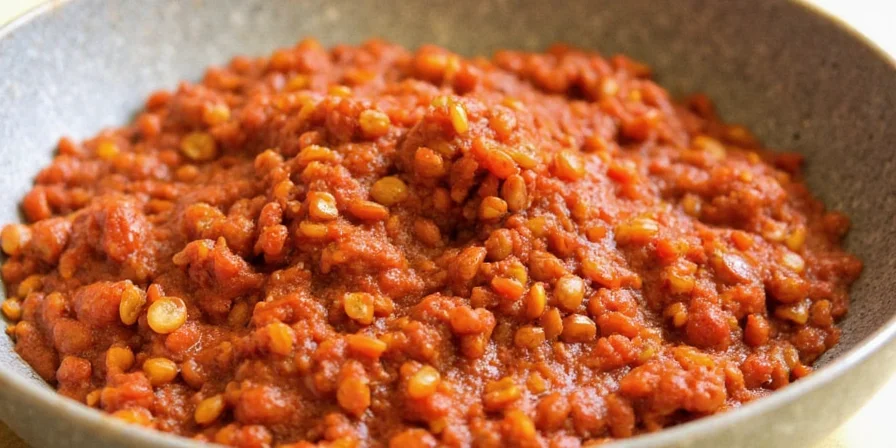
Key reference points for hatch pepper heat level vs anaheim:
- Bell Pepper: 0 SHU
- Anaheim (green): 500-1,000 SHU | (red): 1,500-2,500 SHU
- Hatch (mild): 500-1,500 SHU | (hot): 5,000-8,000 SHU
- Jalapeño: 2,500-8,000 SHU
👩🍳 Professional Cooking Techniques for Each Pepper
- When to choose Hatch: Essential for authentic New Mexican green chile stew, carne adovada, and any dish where smoky depth is paramount. Always roast first to unlock complex flavors.
- When to choose Anaheim: Perfect for California-style stuffed peppers, mild enchilada sauces, and dishes where pepper flavor should complement other ingredients. Blanch briefly before stuffing to maintain structure.
- Critical substitution guidance: Never substitute Hatch for Anaheim in salsas due to heat variability. Use Anaheim in place of poblano for milder stuffed pepper dishes. Roasted Hatch makes superior green chile soup.
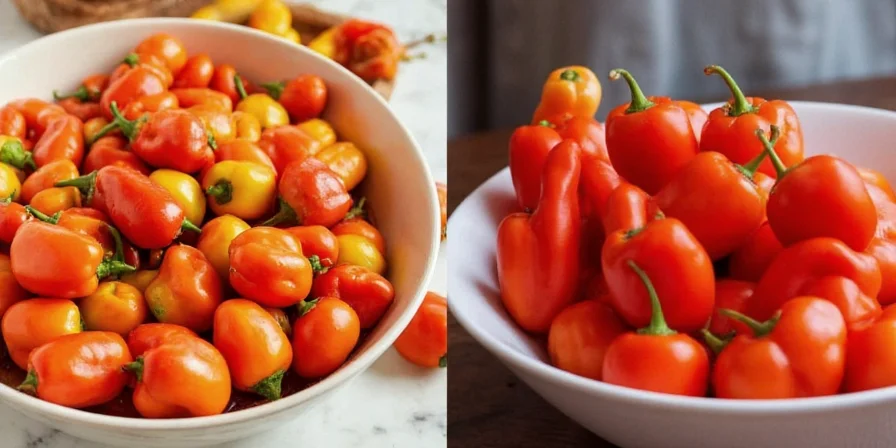
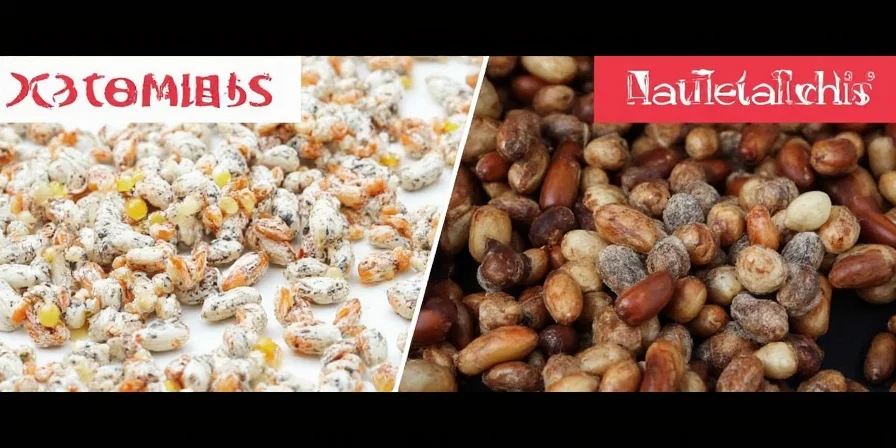
📦 Optimal Storage Methods to Preserve Flavor
Maximize freshness and flavor retention with these professional techniques:
- Short-term storage (up to 10 days): Store unwashed in perforated paper bags in refrigerator crisper drawer - plastic traps ethylene gas accelerating spoilage
- Long-term storage (up to 12 months): Roast and peel first, then flash-freeze on tray before transferring to bags. Frozen Hatch retains 95% flavor compounds versus 80% for Anaheim.
- Drying technique: String Hatch peppers into ristras in dark, ventilated space. Properly dried Hatch develops raisin-like sweetness ideal for spice rubs, while dried Anaheim maintains grassy notes better in powdered form.

🌍 Regional Significance: Beyond Culinary Differences
Hatch peppers represent New Mexican cultural identity - legally protected since 2018 with seasonal "chile fever" tourism driving the local economy. Their agricultural heritage involves NM State University's breeding program developing unique cultivars exclusively for valley conditions. Anaheim peppers, while lacking geographic branding, enabled California's farm-to-table movement; Ortega's 1915 cannery made them America's first mass-marketed chili. This distinction matters for authentic regional cooking: Hatch delivers irreplaceable terroir for New Mexican cuisine, while Anaheim offers consistent mildness for California-inspired dishes.
❓ Critical Substitution Questions Answered
Which is hotter: Hatch or Anaheim pepper?
Hatch peppers can be significantly hotter than Anaheim - while mild Hatch varieties match Anaheim's heat (500-1,000 SHU), hot Hatch cultivars reach 5,000-8,000 SHU (jalapeño level). Anaheim maintains consistent mildness (500-2,500 SHU), making it safer for heat-sensitive applications.
Can I substitute Anaheim for Hatch in green chile stew?
No - authentic New Mexican green chile stew requires Hatch peppers for their signature smoky complexity. Anaheim's mild grassiness lacks the depth needed for proper flavor development. For true regional authenticity, frozen Hatch peppers are worth seeking out.
Do Anaheim peppers get hotter when they ripen red?
Slightly - red-ripe Anaheims reach 1,500-2,500 SHU versus green's 500-1,000 SHU. But unlike Hatch, heat increase remains minimal due to selective breeding for consistency. Red Anaheims develop subtle fruitiness while maintaining mildness.
Why are Hatch peppers seasonal while Anaheim are available year-round?
True Hatch peppers are harvested only August-September in the Hatch Valley, then flash-frozen for year-round use. Canned "Hatch" peppers sold off-season are typically New Mexico-style chiles lacking authentic terroir. Anaheim peppers have a longer growing season (May-October) and transport better, making fresh and canned versions widely available.
Which pepper should I use for stuffed pepper dishes?
Anaheim is superior for traditional stuffed peppers due to thinner walls and consistent shape. Hatch works better for New Mexican chile rellenos where thicker walls withstand roasting and filling. For best results, blanch Anaheim peppers before stuffing to maintain structure.

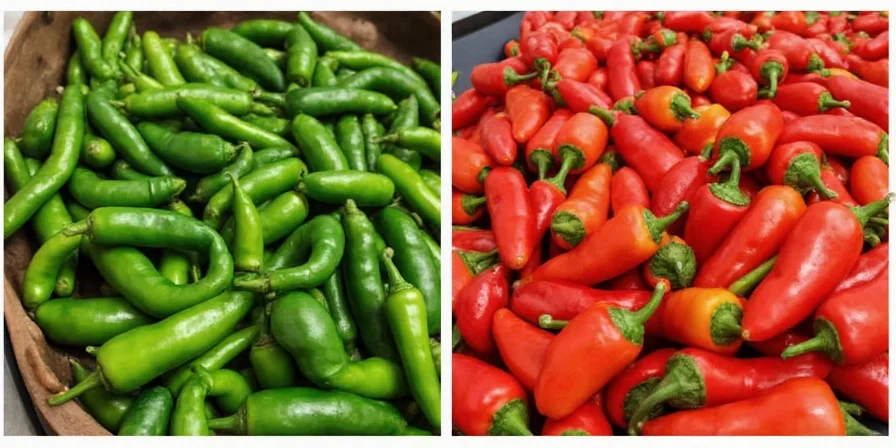









 浙公网安备
33010002000092号
浙公网安备
33010002000092号 浙B2-20120091-4
浙B2-20120091-4